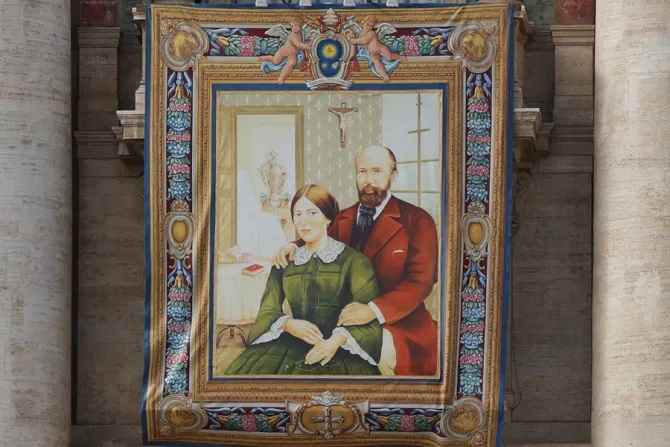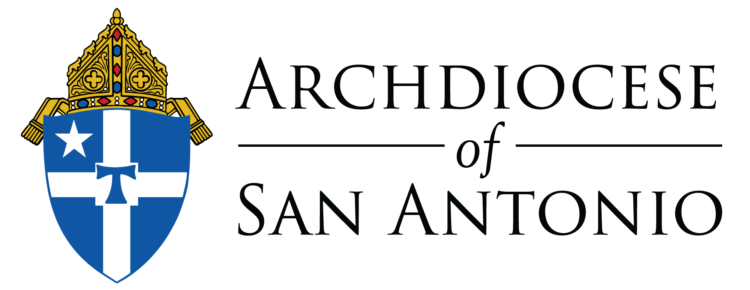July 12 is the feast of Sts. Louis and Marie-Azélie Martin, canonized together by Pope Francis in 2015.
The date was chosen as their feast because it was on this day in 1858 that they were married at Notre Dame Basilica in Alençon, France, and committed themselves together to living to the full the sacrament of matrimony and its twofold call not just to human, but eternal, love and life, according to a Catholic News Agency column authored by Father Roger Landry.
The sacraments are signs and means of intimate communion with God: They bring him to abide in us and us in him; because God’s life is eternal, the sacraments are all aimed ultimately at heaven. The sacrament of matrimony is directed toward the mutual sanctification of the spouses and the procreation and education of children to be saints as well.
We see that very clearly in the life of the Martins. They were both already seeking holiness prior to their marriage: Louis had spent time in an Augustinian monastery but couldn’t master Latin, and Zélie had sought to become a Sister of Charity but, because of respiratory difficulties and migraines, was not accepted. God had another holy vocation for both of them in mind.
Zélie prayed that God would give her many children who could become consecrated to God. God blessed them with nine, four of whom died soon after they were divinely consecrated in baptism, while the other five discerned vocations to live out a more intimate form of consecration as religious sisters.
The most famous of their children is St. Thérèse of the Child Jesus, who spoke effusively about how she had been blessed with “incomparable parents” and how God had given her “a mother and a father more worthy of heaven than of earth.”
When they were beatified in Lisieux in 2008, Cardinal Jose Saraiva Martins of the Vatican’s Congregation for the Causes of Saints emphasized in his homily: “Louis and Zélie understood that they could sanctify themselves not despite marriage but through, in and by marriage, and that their nuptials would be considered as the starting point for a mutual rise.”
He proposed them as models for engaged couples in purity of heart, for married couples in mutual love and honor, for parents as ministers of love and life, for educators in guiding the vocational choices of the young, for widows and widowers in approaching loss with faith, for the dying in peaceful surrender to God, and for every Catholic in living with a missionary spirit.
He said their being raised to the altars was an occasion for everyone to think of their own mom and dad and to thank God for them, not just for their cooperating with God in giving them life but also for their collaborating with God in leading them to him and to his Church.
I’ve always enjoyed celebrating 25th, 50th, and other major anniversaries liturgically in parishes and have always encouraged couples to give this witness to God’s fidelity and their own. It’s one of the best ways to inspire young people not to be afraid to make the commitment of marriage at a desacralized time when far fewer young men and women are willing to make such lifetime commitments to God and to each other.
Married couples, like Louis and Zélie Martin, are called by God to be church-builders. The main image to understand marriage in the early centuries of Christianity was as a “domestic church,” because so many of the first Christian places of worship were Christian homes, like Priscilla’s and Aquila’s (Rom 16:5). St. John Chrysostom (d. 407), the patron saint of Christian preachers, wrote: “The Church is, as it were, a small household, and … indeed a house is a little Church.”
Recent popes and Church documents have frequently underlined how the family built on the sacrament of matrimony is meant to be a “little Church” where God is present, welcomed, adored, loved, and spoken to and about.
The Second Vatican Council taught: “The family is, so to speak, the domestic church. In it parents should, by their word and example, be the first preachers of the faith to their children; they should encourage them in the vocation that is proper to each of them, fostering with special care vocation to a sacred state” (Lumen Gentium, 11). St. John Paul II wrote about how the family is a “church in miniature (ecclesia domestica), such that in its own way the family is a living image and historical representation of the mystery of the Church” (Familiaris Consortio, 49).
Pope Benedict XVI declared in a 2007 catechesis: “Every home is called to become a ‘domestic church’ in which family life is completely centered on the lordship of Christ and the love of husband and wife mirrors the mystery of Christ’s love for the Church, his bride.” Pope Francis underlined in his exhortation on family life: “The Church is a family of families, constantly enriched by the lives of all those domestic churches” (Amoris Laetitia, 87). And the Catechism of the Catholic Church emphasizes: “The family home is rightly called ‘the domestic church,’ a community of grace and prayer, a school of human virtues and of Christian charity” (No. 1666).
On the feast of the first married couple canonized together, it is a chance to celebrate God’s power working through the sacrament of marriage to sanctify marriages and families, make them true domestic churches, and thereby build up the Church on earth and the communion of saints in heaven.













